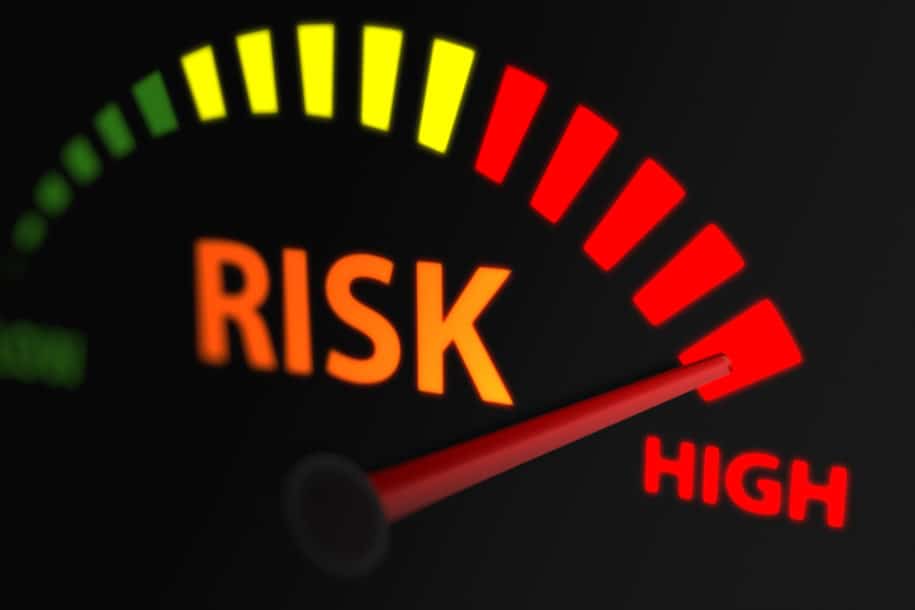In the previous blog article, Criteria for Safety & Health Performance Indicators (KPIs), we discussed the concept of Performance Indicators for Safety and Health, as well as how both leading and lagging indicators could be used in the development of a balanced approach. We established some key concepts such as:
- The relative relation of measurements and metrics to a bigger story ultimately determine their value
- Performance indicators are designed to tell a story that is both informative and actionable
- What we label the indicators and how we display them is of relatively no value unless they are ultimately tied to action and improvement efforts
To further the Performance Indicator discussion, look no further than Dan Peterson. Mr. Peterson, in his book Measurement of Safety Performance, noted that the KPIs for the organization compared to a smaller unit should be different. For example, incident rates could be a good outcome based KPI for the organization, but a terrible one for a group or crew within that organization because they have little statistical validity and measure mostly luck (Peterson, 2005).
Performance indicators should be tailored to address the scope of a particular role or entity within an organization, with different measures for different levels within an organization. Mr. Peterson breaks out the shape of a safety system using the following criteria:
- For front-line supervisors, a system must be in place that ensures frequent proactive supervisory or team activities
- For mid-level management, a system must actively ensure that tasks and activities are carried out in several specific areas
- Ensuring regular performance is occurring at the supervisory level
- Ensuring the quality of that performance
- Proactively analyzing and acting upon the information provided
- Top management must demonstrate visibly the value of safety and health within the organization. In this case, it is the actions as much as the words, that matter.
To further his stratification of responsibilities and subsequent performance indicator criteria, Mr. Peterson stresses that the system must be flexible and allow for differing choices of activities to perform and track. In addition, these safety efforts must be seen as positive by the workers. Collectively, this forms a unique framework of differing, yet complementary, KPIs within an organization.
For example, supervisor activity could focus on measuring the presence and effectiveness of hazard controls. This can be done through observation programs, hazard assessments, risk analysis, learning teams, conversations, or any number of other review processes. Manager activity can review the activity process of supervisors both quantitatively and qualitatively, offering coaching and feedback as well as helping to develop action plans to address any opportunities to improve. Top management, through employee interactions and budget reviews, can support and promote the messaging coming up through the organization. How each level reacts to the information will determine the success of future inputs regarding constructive feedback or expressing concerns in the workplace. The development of KPIs could all center around these activities at each level.
The important reason for measuring results in safety is to establish a starting point for effecting positive change and improvement in an organization (Peterson, 2005). It requires the stakeholders to honestly determine where they are, establish the expectations of where they want to be, and then define the necessary steps on how to get there. While this criterion helps to establish a foundation on which to build, it does not specify what specific KPIs can or should be used. ‘What to measure?’ will be the topic of our next blog post titled Building the Safety Measurement Framework.
Book Your Consultation Now!
Bibliography
Petersen, D. (2005). Measurement of safety performance. Des Plaines, IL: American Society of Safety Engineers.
AUTHOR BIO

Cary comes to the SafetyStratus team as the Vice President of Operations with almost 30 years of experience in several different industries. He began his career in the United States Navy’s nuclear power program. From there he transitioned into the public sector as an Environmental, Health & Safety Manager in the utility industry. After almost thirteen years, he transitioned into the construction sector as a Safety Director at a large, international construction company. Most recently he held the position of Manager of Professional Services at a safety software company, overseeing the customer success, implementation, and process consulting aspects of the services team.
At SafetyStratus, he is focused on helping achieve the company’s vision of “Saving lives and the environment by successfully integrating knowledgeable people, sustainable processes, and unparalleled technology”.



